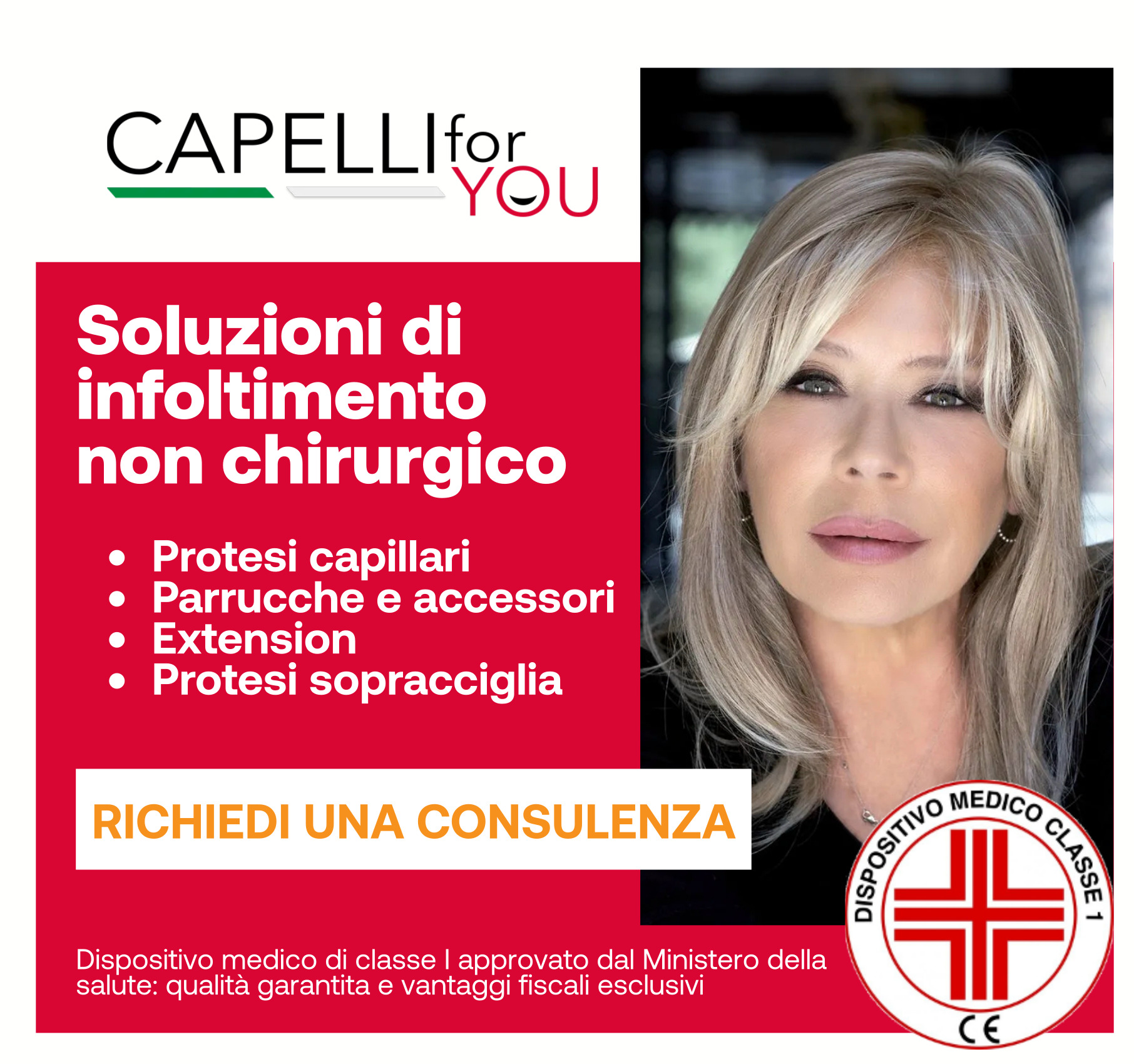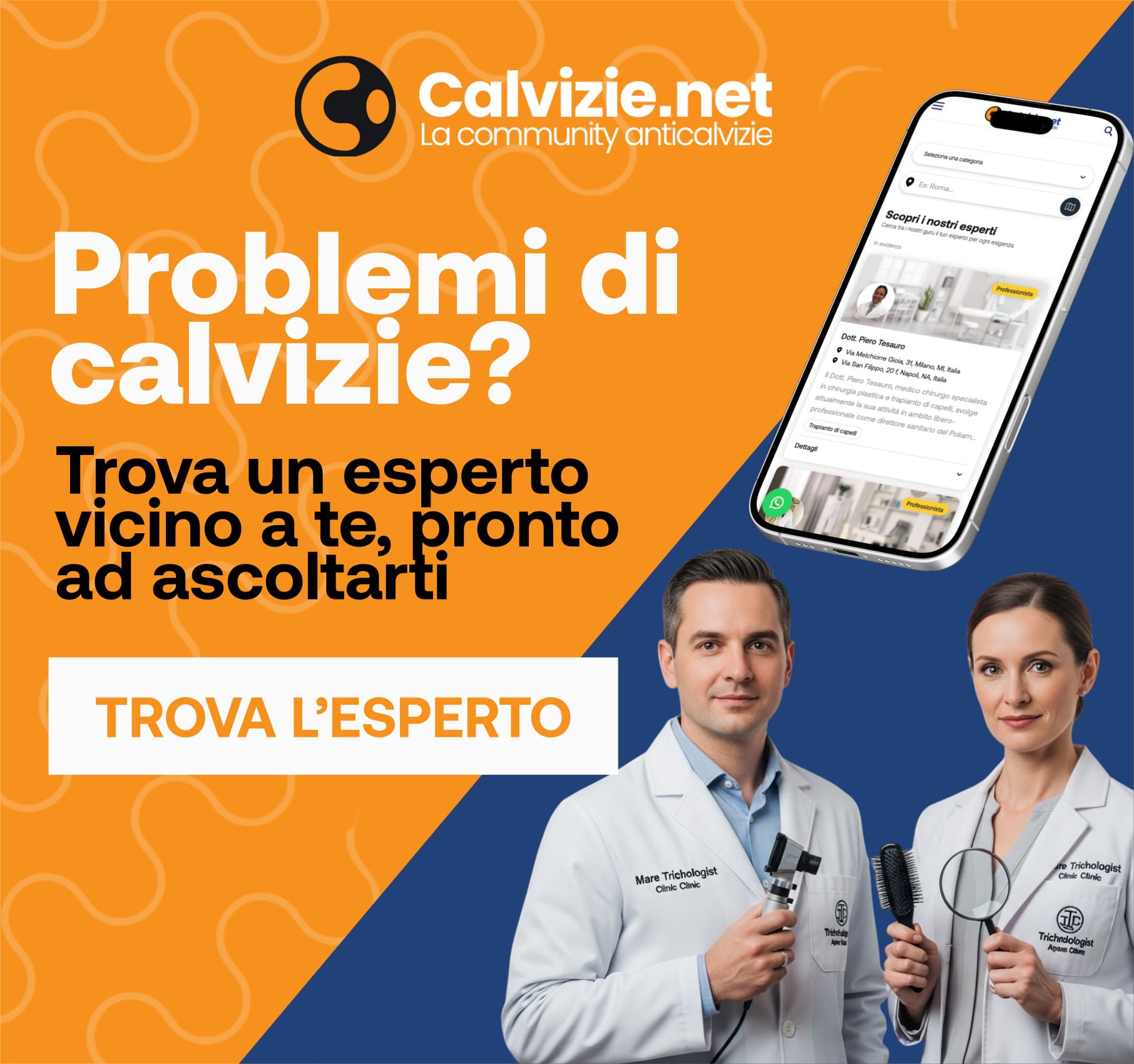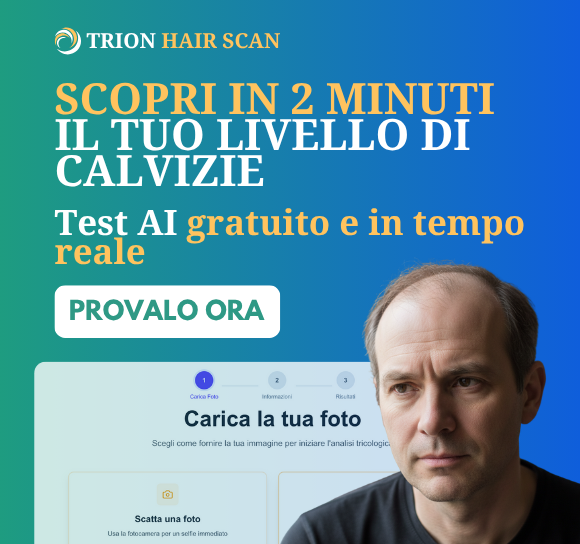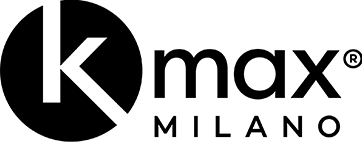Title:
Hair Regrowth Following a Wnt- and Follistatin Containing Treatment: Safety and Efficacy in a First-in-Man Phase 1 Clinical Trial
Abstract
Research has shown the importance of follistatin, Wnt 7a, and wound healing growth factors on the stimulation of bulge cells and inter-follicular stem cells to induce hair growth. We have studied the effects of a bioengineered, non-recombinant, human cell-derived formulation, termed Hair Stimulating Complex (HSC), containing these factors to assess its hair growth activity in male pattern baldness.
HSC showed in vitro Wnt activity and contained follistatin, KGF, and VEGF. The clinical study was a double-blind, placebo-controlled, randomized single site trial and was designed to evaluate safety of the HSC product and assess efficacy in stimulating hair growth. All 26 subjects tolerated the single, intradermal injection of HSC procedures well, and no signs of an adverse reaction were reported.
Histopathological evaluation of the treatment site biopsies taken at 22 and 52 weeks post-treatment revealed no abnormal morphology, hamartomas, or other pathological responses. Trichoscan image analysis of HSC-treated sites at 12 and 52 weeks showed significant improvements in hair growth over the placebo. At the initial 12-week evaluation period, HSC-treated sites demonstrated an increase in hair shaft thickness (6.3%?2.5% vs. -0.63%?2.1%; P=0.046), thickness density (12.8%?4.5% vs. -0.2%?2.9%; P=0.028), and terminal hair density (20.6?4.9% vs. 4.4?4.9%; P=0.029).
At one year, a statistically significant increase in total hair count (P=0.032) continued to be seen.
These results demonstrate that a single intradermal administration of HSC improved hair growth in subjects with androgenetic alopecia and is a clinical substantiation of previous preclinical research with Wnts, follistatin, and other growth factors associated with wound healing and regeneration.
J Drugs Dermatol. 2011;10(11):1308-1312.














